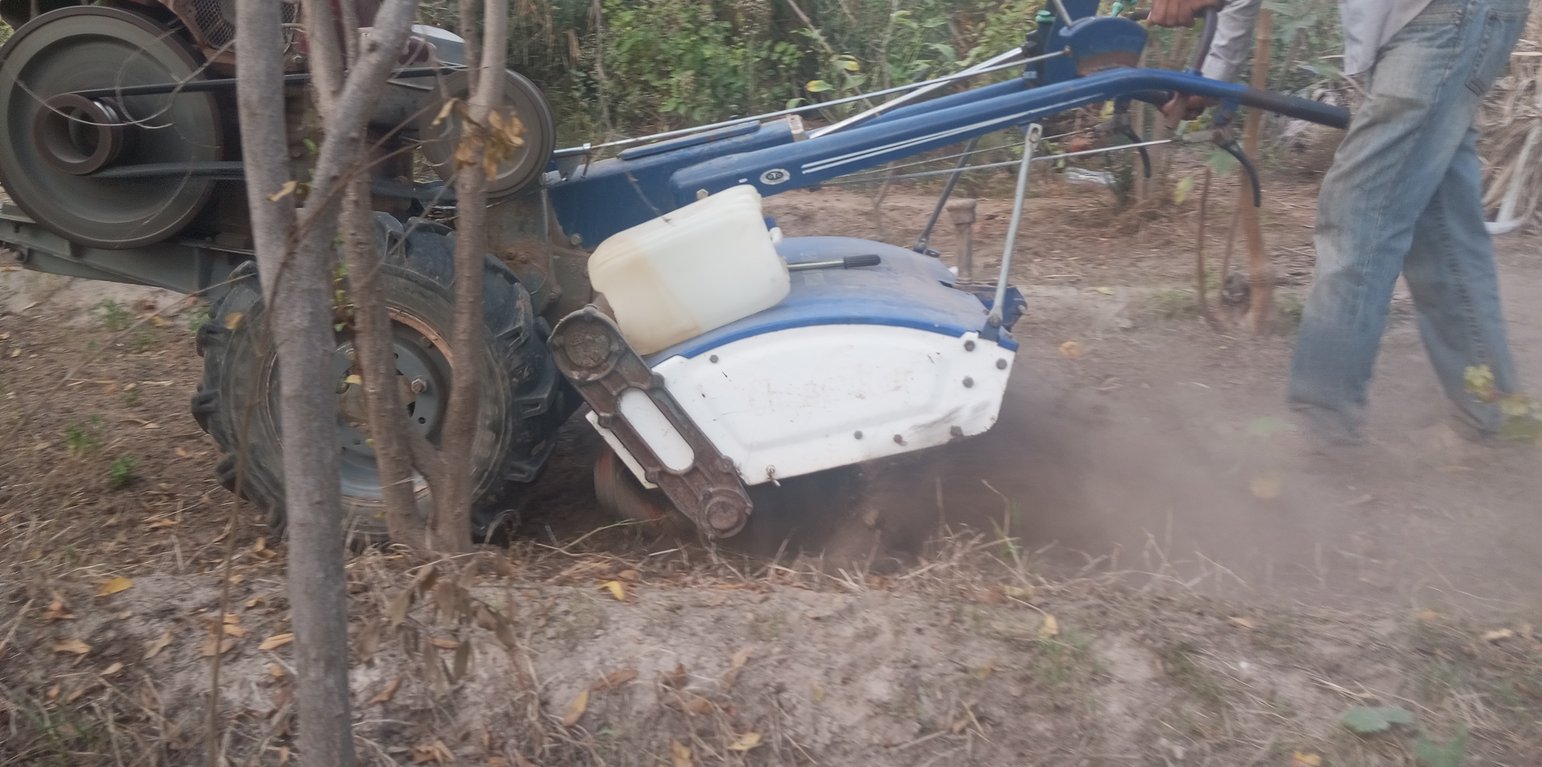



Shallow tillage (15-20cm deep) involves disturbing the upper layer of soil and avoids deep ploughing. It aims to provide a good seedbed, while incorporating manure, controlling weeds, and enhancing water infiltration. Soil erosion is minimised, compaction is reduced and because deeper layers are not disturbed, less soil organic matter is oxidised.
Shallow tillage - sometimes called “superficial” or “light” tillage – disturbs only the topsoil and brings several benefits. These include:
* Soil Structure Preservation: Maintains the underlying soil structure, reducing the risk of compaction and erosion.
* Moisture Conservation: Helps retain soil moisture by reducing evaporation from deeper layers.
* Reduced Erosion: Minimizes soil erosion by maintaining residues.
* Increased Microbial Activity: Promotes beneficial microbial activity in the topsoil, enhancing soil health.
* Nutrient Management: Allows for targeted application of fertilizers and amendments, as it primarily affects the upper soil layer.
* Time and Labour Efficiency: Generally, requires less time and fewer resources compared to deep tillage methods.
Smallholders in Gabes, South-East Tunisia practice shallow tillage and were interviewed to gain extra insights into this technology. They were welcoming and happy to share their knowledge while gaining information about enhancing their own production systems.
These smallholders farm in “The Oasis of Gabes” where there is a specific design of multi-storey agroforestry with trees, shrubs and vegetable crops. This requires specific agronomic practices. One of these practices is shallow tillage. A machine tiller has recently replaced animal traction for this purpose. They would prefer a no-till technique, however this would be more costly because it requires extra manure and soil cover by mulching or sand backfill. This may be possible for another category of farmers.
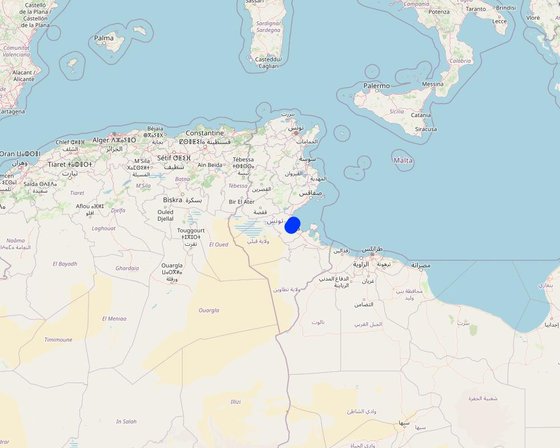
สถานที่: Gabes, Gabes, ตูนิเซีย
ตำนวนการวิเคราะห์เทคโนโลยี: 2-10 แห่ง
การเผยแพร่ของเทคโนโลยี: กระจายไปอย่างสม่ำเสมอในพื้นที่ (approx. < 0.1 ตร.กม.(10 เฮกตาร์))
In a permanently protected area?: ไม่ใช่
วันที่ในการดำเนินการ: มากกว่า 50 ปี (แบบดั้งเดิม)
ประเภทของการแนะนำ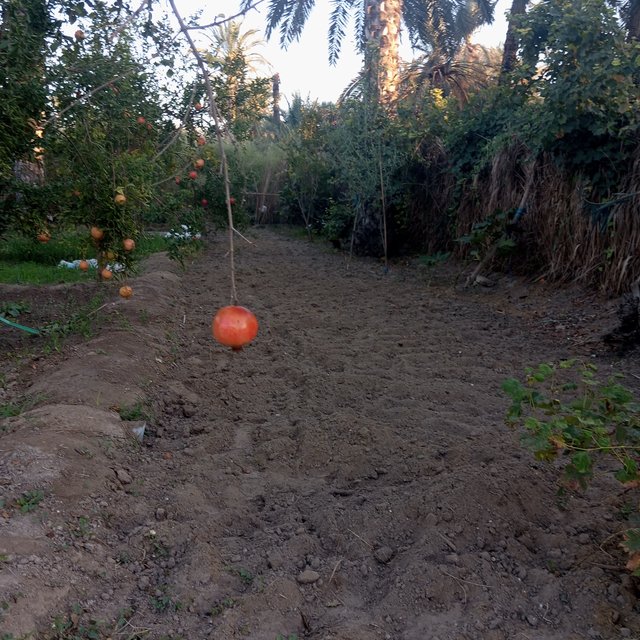
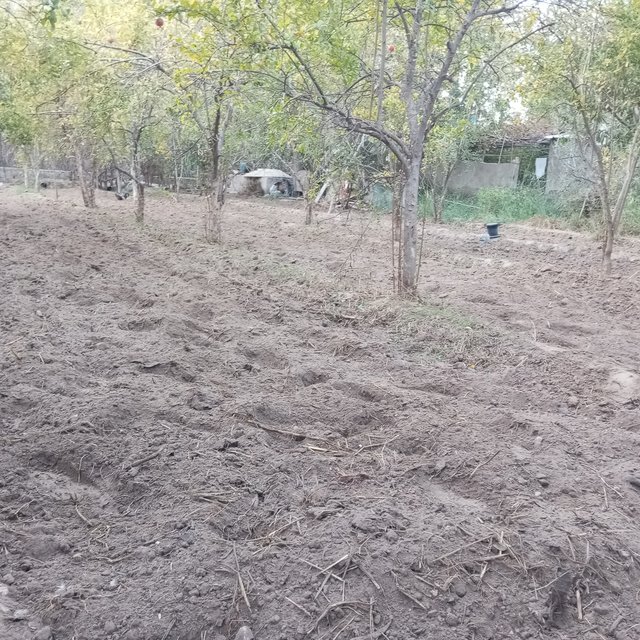

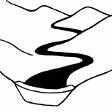
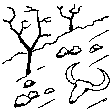

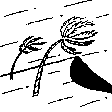





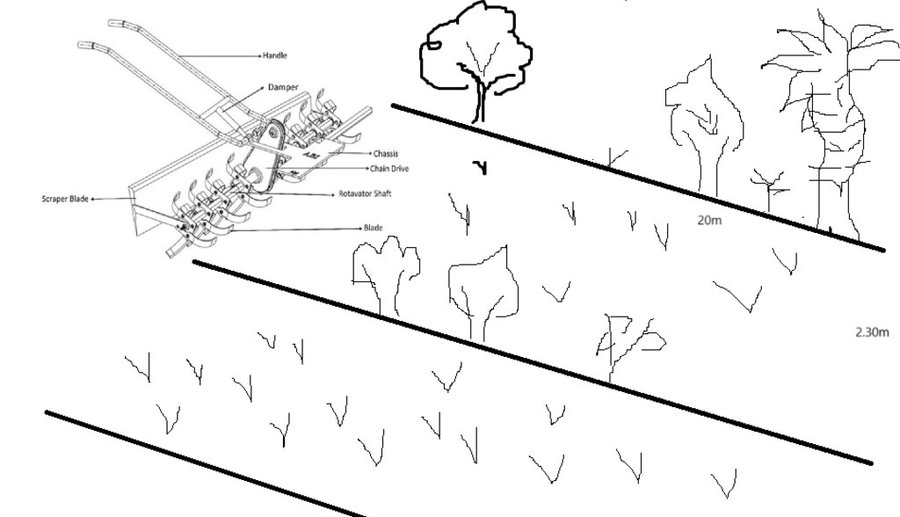
The farmer adopts rotation in crop systems, we can't then make a comparison for different yield of diffrent crops
Farmers notice less pest attacks and better sweetness in vegetable tasting.
Farmers noticed better revenues in producing the main fodder specie of the Oasis, namely alfafa (Medicago sativa).
The leaves were developed generously and there was more concentration of chlorophyll in leaves. We assumed this to higher concentration of soil nitrogen and phosphorus held in the soil.
As there is abundance of weed intercrops, animals are taking enough fodder from grazing.
Better self supply and self sufficiency
By using animal tillage, farmers have a myth that it is a sign of fortune for good agricultural season.
Farmers need more direct contact with SLM specialists and agriculture engineers. The indicators mentioned before could be enhanced if combined by other synchronised measures.
We noticed better retaining of water in the soil
Farmers are more aware about the importance of covered soil in order to avoid water and wind erosion.
By keeping the soil covered,soil loss has decreased.
The intervention to make tillage is minimum and there is a recovery of the lost soil,that's why
The management of water resource referring to water availability is assured by the groupement de développement agricole Gabes centre